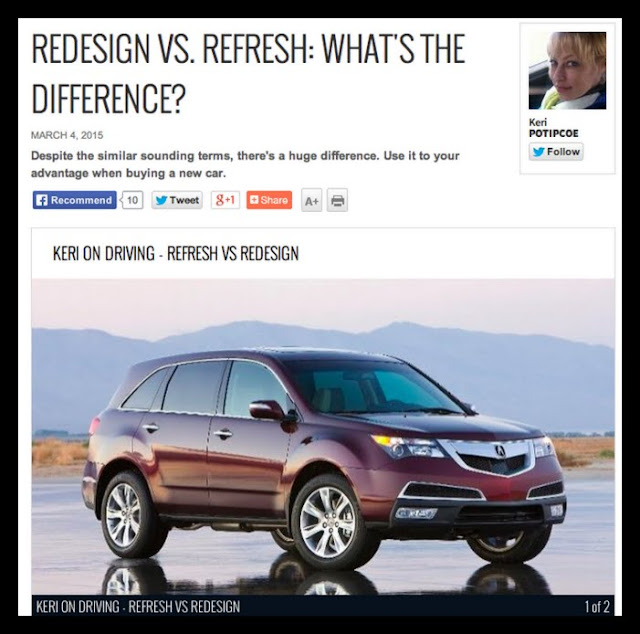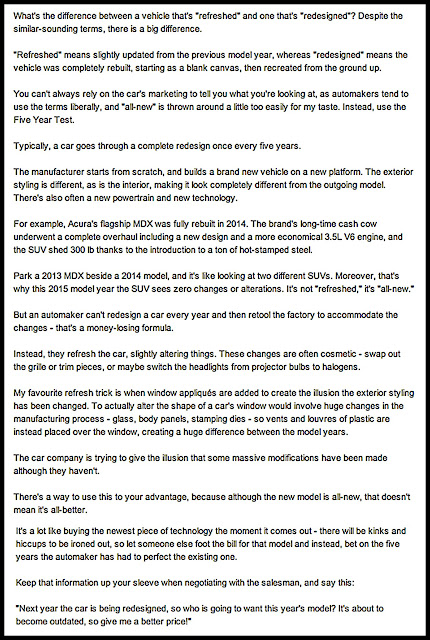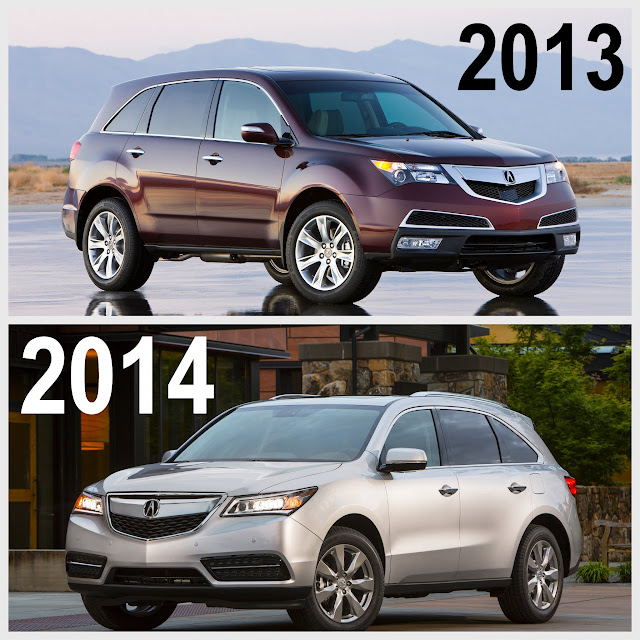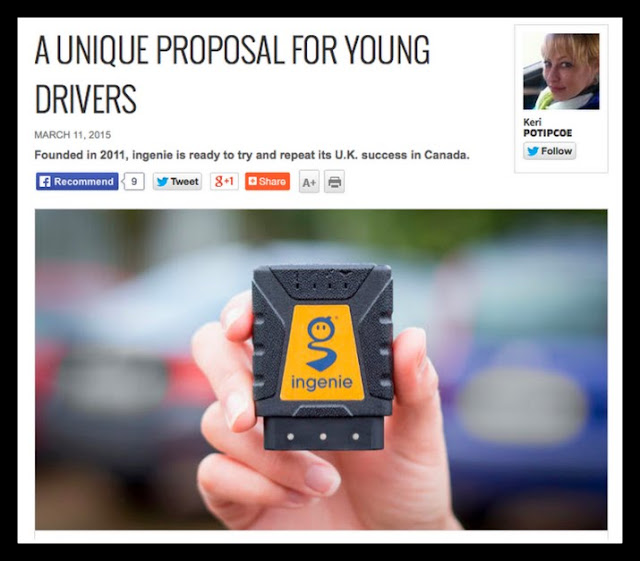Found on Cadillac’s all-new flagship luxury sedan – the CT6.
How it works:
It uses the many cameras mounted around the car’s perimeter.
When the security sensors detect either the sound of breaking glass, or the car being moved, the cameras record 360-degrees around the car, then save the footage to the car for later retrieval to a memory card.
Seems obvious how to defeat the system – the thief deletes the footage. However, GM is at the forefront of WiFi in cars, so I expect soon for the video to be uploaded to the cloud, or sent to the owner’s phone.
Read it online at Autonet.
For more on auto security, see either the blog tag Auto Security, or the security section at the newspaper, I own it









